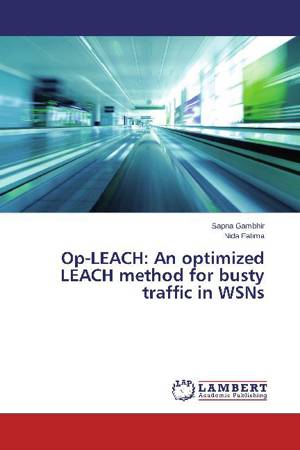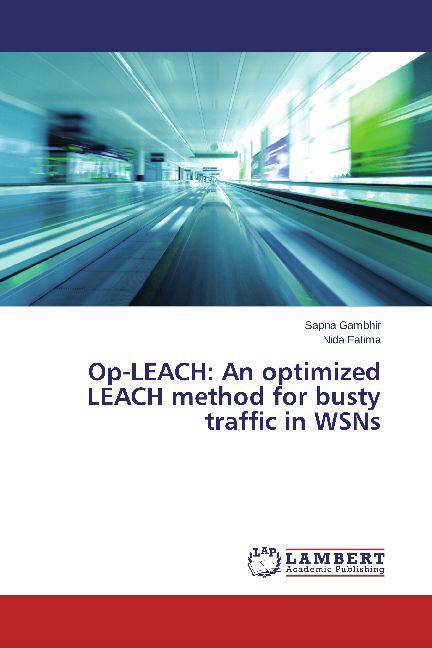
- Afhalen na 1 uur in een winkel met voorraad
- Gratis thuislevering in België vanaf € 30
- Ruim aanbod met 7 miljoen producten
- Afhalen na 1 uur in een winkel met voorraad
- Gratis thuislevering in België vanaf € 30
- Ruim aanbod met 7 miljoen producten
Op-LEACH: An optimized LEACH method for busty traffic in WSNs
An Optimized Leach Method for Busty Traffic in Wsns
Sapna Gambhir, Nida Fatima
Paperback | Engels
€ 66,45
+ 132 punten
Omschrijving
A Wireless Sensor Network (WSN) is a collection of small, self-contained electro-mechanical devices that monitor the environment conditions. These sensors can span a large geographical area. These nodes can communicate with each other via hops in an ad-hoc manner. The sensors are battery operated, so they have limited power. Energy is major concern among the Wireless Sensor Networks. There are many design issues for WSNs such as deployment, mobility, infrastructure, network topology, network size and density, connectivity, lifetime, node addressability, data aggregation etc. WSNs can be of flat or hierarchical architecture and the roles played by nodes vary in both of these architectures. In flat architecture, all the nodes are peers. The hierarchical architecture involves cluster heads which control the sensor nodes in their clusters. In both of the architectures, the data collected by each sensor is communicated through the network to a single processing center called base station that uses all reported data to determine characteristics of the environment or detect an event.
Specificaties
Betrokkenen
- Auteur(s):
- Uitgeverij:
Inhoud
- Aantal bladzijden:
- 108
- Taal:
- Engels
Eigenschappen
- Productcode (EAN):
- 9783659272103
- Verschijningsdatum:
- 24/07/2014
- Uitvoering:
- Paperback
- Afmetingen:
- 150 mm x 220 mm
- Gewicht:
- 168 g

Alleen bij Standaard Boekhandel
+ 132 punten op je klantenkaart van Standaard Boekhandel
Beoordelingen
We publiceren alleen reviews die voldoen aan de voorwaarden voor reviews. Bekijk onze voorwaarden voor reviews.










